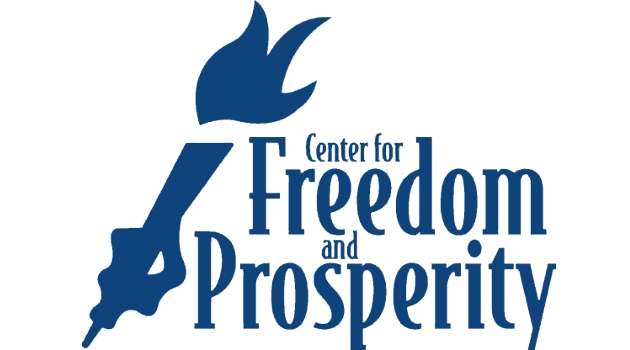Happy Tax Day! Or, if you’re like me, happy tax extension filing day.
In the past couple of days, I’ve posted about the benefits of a better tax system and the unfairness of the current system.
Those were compelling posts, at least I hope. But now let’s tie these themes together. Art Laffer has a column in the Wall Street Journal that explains the comprehensively awful burden of the internal revenue code – and also shows the promise of a better approach.
There is a lot more to taxes than simply paying the bill. Taxpayers must spend significantly more than $1 in order to provide $1 of income-tax revenue to the federal government.
To start with, individuals and businesses must pay the government the $1 in revenue plus the costs of their own time spent filing and complying with the tax code; plus the tax collection costs of the IRS; plus the tax compliance outlays that individuals and businesses pay to help them file their taxes.
In a study published last week by the Laffer Center, my colleagues Wayne Winegarden, John Childs and I estimate that these costs alone are a staggering $431 billion annually. This is a cost markup of 30 cents on every dollar paid in taxes. And this is not even a complete accounting of the costs of tax complexity.
…David Keating of the National Taxpayers Union provides a useful perspective on how big the tax compliance industry is. According to his research, as of 2009 the income-tax industry employed “more workers than are employed at the five biggest employers among Fortune 500 companies—more than all the workers at Wal-Mart Stores, United Parcel Service, McDonald’s, International Business Machines, and Citigroup combined.” Without diminishing in any way the professionalism of tax attorneys, accountants and financial planners, all of these efforts produce nothing other than, well, tax compliance.
…A tax reform to a simple flat-rate tax with no deductions would significantly reduce the current complexity inherent in our progressive tax system, which is full of loopholes, exemptions and special interest carve-outs. Based on the estimates from our new study, if a static, revenue-neutral flat-tax reform were to reduce the tax complexity in half, the long-term growth in our economy would increase by around one-half of 1% per year.

